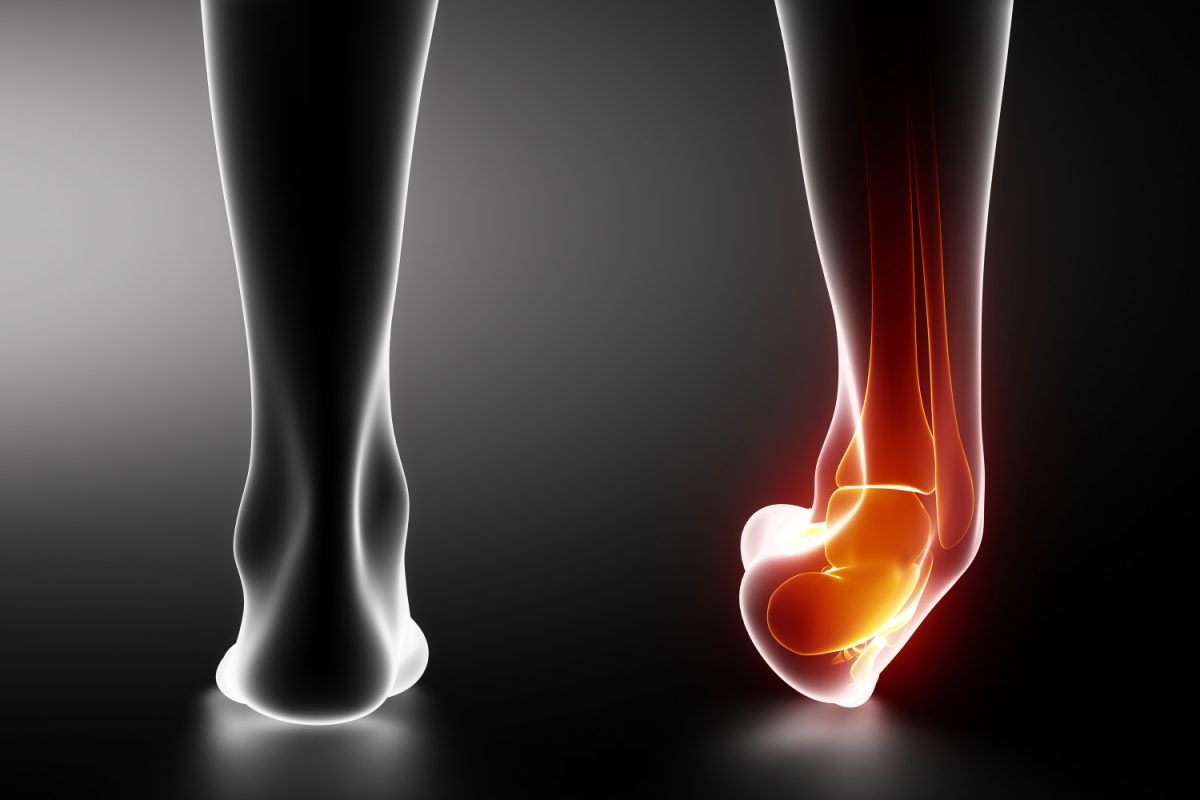It’s all fun and games until someone injures their ankle. Playing sports or going to the gym are great ways to stay physically fit, but these activities can lead to ankle injuries. Ankle sprains or strains are some of the most common orthopedic injuries. They can occur during intense sporting activities or even after a simple miss-step off a curb. In this article, we will discuss the varying degrees of ankle injuries, what to do, and when to be worried.
What is an ankle sprain vs. a strain?
The ankle is made up of four bones and supported by multiple ligaments and tendons. These structures create the ankle joint. If there is excessive force or rotation on the ankle, it can cause injury to the supporting tendons or ligaments. An ankle sprain involves tearing the tendons, while ankle strains refer to tearing of the ligaments. The tear can vary from slight stretching of the fibers to a complete tear with significant instability. Most ankle sprains or strains occur after “rolling the ankle” in or outward. This injury leads to mild pain on the inside or outside of the ankle with a sensation of soreness.
When should I be worried that I caused more damage than a simple sprain or strain of the ankle?
If your symptoms are not improving or your pain is more than mild, seek medical evaluation. It is better to get a professional opinion than to delay evaluation. Contrary to previous beliefs, not all ankle sprains need an X-ray. X-rays show bones well and are best utilized for seeing fractures. X-rays do not show ligaments or tendons, so they do not help diagnose ankle sprains or strains. Most sprains or strains can be diagnosed with special physical exam maneuvers that test the stability of the ankle.
How do you treat a mild sprain or strain?
At-home care for ankle sprains or strains typically includes “RICE” treatment. RICE stands for rest, ice, compression, and elevation. It is recommended to avoid activities that cause pain and ice 15 minutes every three hours. You can use compression wraps or stockings to help reduce swelling. Attempt to keep the ankle elevated above your heart to drain excess fluid. Lastly, over-the-counter nonsteroidal anti-inflammatory medications can also aid in pain relief and reduce swelling but should not be taken long-term.
What can I do to strengthen my ankle after a sprain or strain?
The goal is to restore ankle function. Restoration to previous functions can be accomplished with the use of splints, braces, taping, or other supportive devices. You can do at-home range-of-motion exercises and work on strengthening the ankle. A combination of supportive devices, stretching, and strengthening will help you get back on your feet faster. Always reach out to a health care specialist if you have concerns or questions.
Columns reflect the opinions of the authors and are not necessarily those of the Editorial Board, The Daily Iowan, or other organizations in which the author may be involved.










